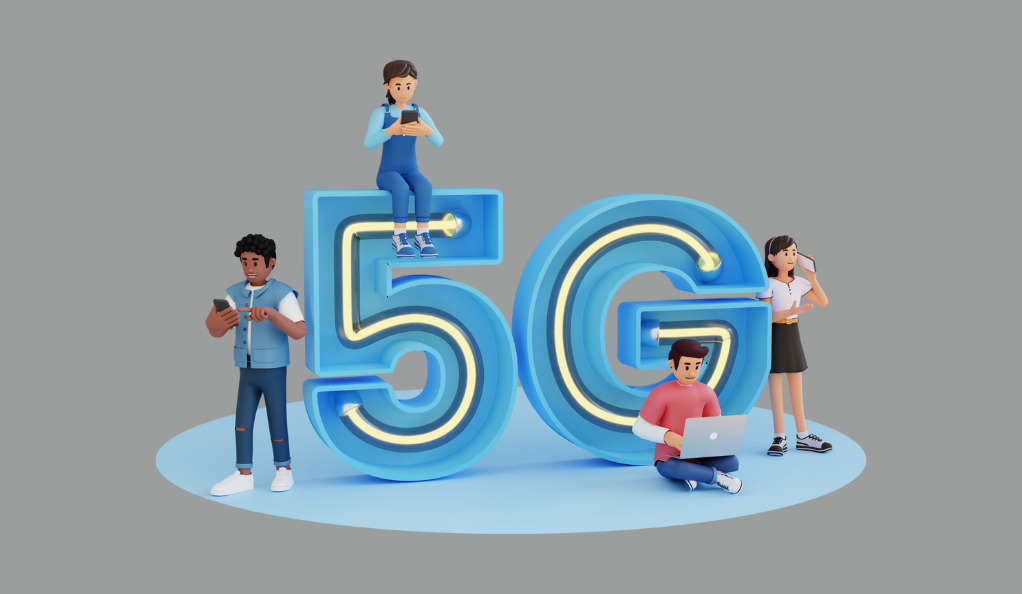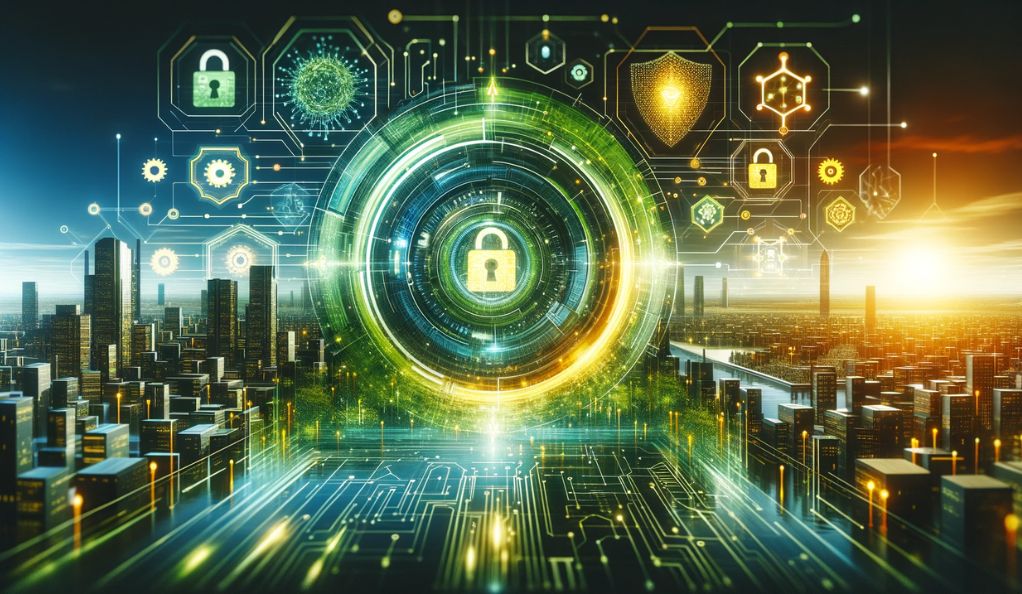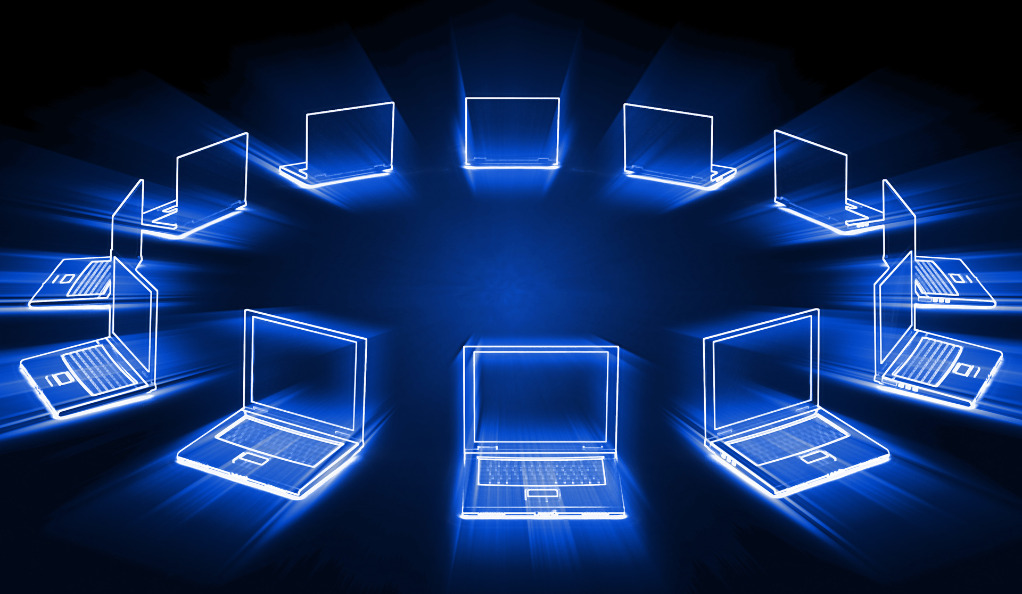The digital world is evolving at an unprecedented pace, and at the heart of this transformation lies the fifth generation of wireless technology, commonly known as 5G. 5G promises lightning-fast speeds, low latency, and the ability to connect an ever-increasing number of devices simultaneously. While this advancement in connectivity is poised to revolutionize industries and enhance our daily lives, it also brings forth a new set of challenges, particularly in the realm of cybersecurity.
In this article, we delve into the fascinating intersection of 5G technology and cybersecurity. We’ll explore how the rollout of 5G networks is reshaping the digital landscape and the critical importance of safeguarding these networks from an array of threats. From understanding the intricacies of 5G to the evolving cybersecurity landscape, we will embark on a journey to uncover the nuances of this new frontier.
The 5G Revolution
Before we dive into the world of cybersecurity, it’s essential to grasp the significance of 5G technology. Unlike its predecessors, 5G is not merely an incremental improvement; it represents a seismic shift in how we connect, communicate, and interact with the digital world.
Speed and Bandwidth
5G technology offers remarkable speed, surpassing 4G LTE by several times. This means lightning-fast downloads, seamless high-definition streaming, and instant online gaming. The enhanced speed transforms various online experiences, from entertainment to productivity.
Low Latency
Low latency in 5G networks minimizes delays in data transmission. It’s a game-changer for applications like autonomous vehicles, telemedicine, and augmented reality. With low latency, critical tasks can be performed in real-time, enhancing safety and interactivity.
Massive IoT Connectivity
5G is designed to connect a vast number of IoT devices simultaneously. This has implications for smart cities, agriculture, and home automation. While it enables numerous applications, it also expands the attack surface, requiring robust security.
The Cybersecurity Imperative
The speed and scale of 5G networks make them attractive targets for cyber threats. Rapid data transmission facilitates cyberattacks, demanding real-time detection and mitigation. Addressing these cybersecurity challenges is crucial to protect individuals, organizations, and nations as we embrace the 5G era.
Understanding 5G Technology
To comprehend the implications of 5G on cybersecurity, it’s essential to have a solid understanding of the technology itself. 5G is not a mere upgrade from 4G; it represents a fundamental shift in how wireless networks operate. In this section, we’ll delve deeper into the key aspects of 5G technology.
Spectrum Bands
5G operates across a range of spectrum bands, each with its unique characteristics. The three primary spectrum bands for 5G are:
- Sub-6 GHz: This band provides wide coverage and is well-suited for urban areas. It offers improved data speeds compared to 4G but doesn’t reach the ultra-fast speeds of higher bands.
- Millimeter Wave (mmWave): The mmWave spectrum offers blazing-fast speeds and low latency. However, it has limited coverage and can be easily obstructed by buildings or obstacles.
- Mid-Band: Mid-band spectrum strikes a balance between coverage and speed. It’s considered the Goldilocks zone for 5G, offering reasonably fast speeds with broader coverage than mmWave.
Massive MIMO
Massive Multiple-Input, Multiple-Output (MIMO) is a pivotal technology at the core of 5G’s exceptional performance. Unlike previous wireless technologies that used a limited number of antennas, Massive MIMO harnesses the power of numerous antennas at both the transmitter and receiver ends of the communication. This innovation revolutionizes wireless communication in several ways:
Enhanced Network Capacity
Massive MIMO significantly boosts network capacity by allowing multiple data streams to be transmitted simultaneously. With traditional MIMO, the number of antennas was limited, constraining the potential throughput. Massive MIMO overcomes this limitation, accommodating a multitude of devices and users without compromising performance.
Spectral Efficiency
Spectral efficiency, a crucial metric in wireless communication, measures how efficiently the available spectrum is utilized to transmit data. Massive MIMO excels in spectral efficiency by spatially multiplexing data streams. It optimizes the use of available bandwidth, resulting in higher data rates for users.
Improved Coverage and Reliability
The use of multiple antennas not only increases capacity but also extends coverage and enhances reliability. Massive MIMO systems can adapt to diverse environmental conditions, reducing signal interference and ensuring a more stable connection even in challenging scenarios.
Network Slicing
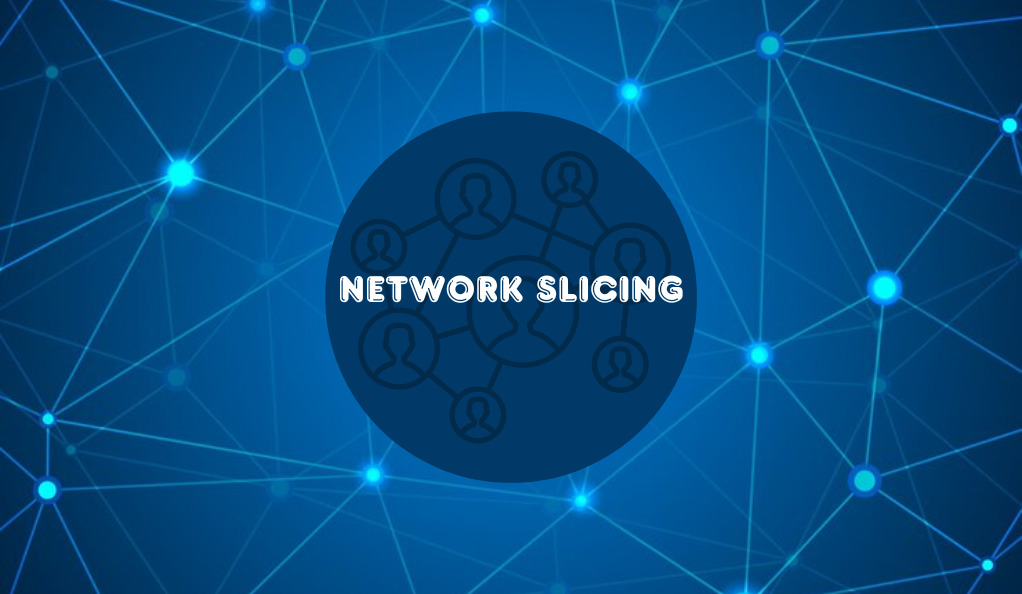
5G introduces the innovative concept of network slicing, a technology that transforms a single physical network infrastructure into multiple virtual networks or “slices.” Each network slice is tailored to meet specific requirements and use cases. Here’s how network slicing benefits various applications:
Customized Services
Network slicing allows service providers to offer customized services to cater to different user needs. For instance, one network slice can be optimized for ultra-low latency applications like autonomous vehicles, ensuring rapid data transmission critical for vehicle safety. Simultaneously, another slice can prioritize high bandwidth for streaming services.
IoT Optimization
The Internet of Things (IoT) encompasses a vast array of devices with varying requirements. Network slicing enables the creation of slices dedicated to IoT, ensuring efficient connectivity for numerous IoT devices, from sensors in agriculture to smart meters in utilities.
Resource Efficiency
Network slicing optimizes resource allocation within the network. Resources such as bandwidth, computing power, and network functions can be dynamically allocated to slices based on demand, ensuring resource efficiency and cost-effectiveness.
Edge Computing
Edge computing is a fundamental component of 5G architecture that transforms how data is processed in the network. Unlike traditional cloud computing, which centralizes data processing in distant data centers, edge computing brings data processing closer to the source, at the network’s edge. This approach offers several advantages:
Reduced Latency
By processing data closer to where it’s generated, edge computing dramatically reduces latency. This low latency is essential for real-time applications like augmented reality (AR), virtual reality (VR), and autonomous systems. It ensures that actions and responses occur almost instantaneously, enhancing user experiences and safety.
Bandwidth Conservation
Edge computing minimizes the need for sending vast amounts of data to distant data centers, conserving bandwidth. This is particularly beneficial for applications that generate substantial data, such as video surveillance systems, where processing at the edge reduces network congestion.
Privacy and Data Sovereignty
Edge computing enhances data privacy by keeping sensitive data within specific geographic boundaries. This is crucial for compliance with data privacy regulations and ensuring that data remains under the control of the entity that generates it.
Security Implications
While 5G’s technological advancements promise unprecedented benefits, they also introduce new and complex security challenges. Understanding these security implications is vital to ensuring the integrity, confidentiality, and privacy of data transmitted over 5G networks:
Diverse Spectrum Bands
5G operates across various spectrum bands, each with unique characteristics. Securing diverse spectrum bands requires tailored security measures to protect against potential threats and vulnerabilities specific to each band.
Complex Massive MIMO Systems
Massive MIMO systems, with their numerous antennas, introduce complexity. Ensuring the security and reliability of these systems demand robust authentication and encryption protocols, along with mechanisms to detect and mitigate interference.
Dynamic Network Slicing
The dynamic nature of network slicing necessitates agile security solutions that can adapt to the changing requirements of each slice. It’s essential to implement robust access control and isolation mechanisms to prevent unauthorized access between slices.
The Cybersecurity Landscape
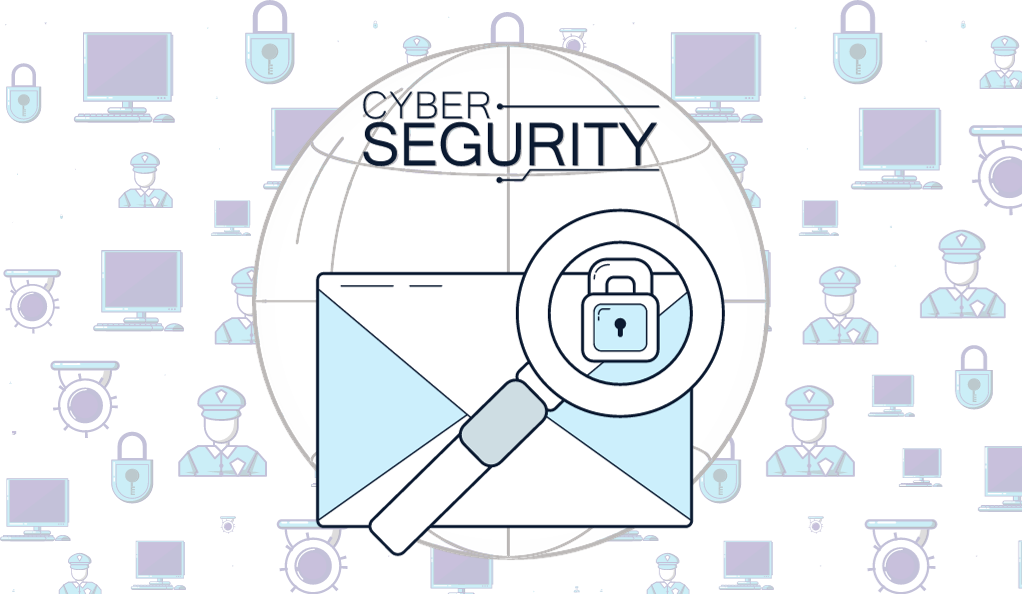
Before we dive into the specific cybersecurity challenges posed by 5G, it’s important to understand the broader cybersecurity landscape. The digital world has become increasingly interconnected, and the threats facing individuals, organizations, and nations have evolved and multiplied.
Evolving Threat Landscape
Cyberattacks have grown in sophistication and frequency, targeting critical infrastructure, sensitive data, and individuals’ privacy. Threat actors range from lone hackers seeking financial gain to nation-states engaged in espionage and cyber warfare. Common types of cyber threats include:
- Malware: Malicious software, such as viruses, ransomware, and spyware, can infiltrate systems and steal data or disrupt operations.
- Phishing: Phishing attacks involve tricking individuals into revealing sensitive information, often through deceptive emails or websites.
- DDoS Attacks: Distributed Denial of Service (DDoS) attacks overwhelm websites or networks with traffic, rendering them inaccessible.
- Insider Threats: Individuals within an organization may pose a threat by intentionally or unintentionally compromising security.
- Zero-Day Vulnerabilities: These are unknown vulnerabilities in software or hardware that can be exploited by attackers.
Regulatory Frameworks
Governments and regulatory bodies worldwide have recognized the importance of cybersecurity and have implemented regulations to ensure the protection of data and critical infrastructure. For example, the European Union’s General Data Protection Regulation (GDPR) imposes stringent requirements on data protection and privacy.
Importance of Cybersecurity
Effective cybersecurity is no longer an option; it’s a necessity. The consequences of a cybersecurity breach can be severe, including financial losses, reputational damage, and legal liabilities. In critical sectors like healthcare and finance, a breach can have life-threatening implications.
Challenges Posed by 5G
The deployment of 5G technology introduces a set of unique challenges that significantly impact cybersecurity. While 5G offers tremendous benefits in terms of speed and connectivity, it also raises several concerns that must be addressed to ensure the security of networks, data, and devices.
Expanded Attack Surface
5G networks expand the attack surface, providing more entry points for cybercriminals. With the proliferation of IoT devices and the increased number of connected endpoints, the potential vulnerabilities grow exponentially. Each device represents a potential access point for attackers to exploit.
Speed and Scale
The blazing speed of 5G networks allows cyberattacks to occur at unprecedented rates. Malicious actors can infiltrate and exfiltrate data quickly, making it challenging for traditional security measures to keep up. Rapid data transmission also facilitates the propagation of malware.
Latency and Real-Time Threats
Low latency is a hallmark of 5G, enabling real-time applications like autonomous vehicles and remote surgeries. However, it also means that threats can propagate and execute at lightning speed. Mitigating real-time threats becomes a critical challenge.
Supply Chain Vulnerabilities
The complex supply chain involved in 5G infrastructure introduces potential vulnerabilities. Hardware and software components may come from various suppliers, making it challenging to verify the integrity of every element in the network.
Privacy Concerns
As 5G enables the collection of vast amounts of data from connected devices, privacy concerns become paramount. Ensuring that user data is handled securely and ethically is essential to maintaining trust in the digital ecosystem.
Infrastructure Resilience
5G infrastructure must be resilient to physical and cyberattacks. Disruptions to critical infrastructure can have cascading effects on society, making it imperative to safeguard against both cyber and physical threats.
International Cooperation
The global nature of 5G networks necessitates international cooperation in cybersecurity efforts. Coordinating responses to cyber threats and sharing threat intelligence becomes essential for safeguarding interconnected networks.
Threats to 5G Networks
Understanding the specific threats that 5G networks face is essential for developing effective cybersecurity strategies. The high-speed, low-latency nature of 5G technology makes it an attractive target for a wide range of cyber threats. In this section, we will explore some of the key threats that 5G networks are susceptible to:
Malware Proliferation
With the increased data transfer speeds of 5G, the distribution of malware becomes more efficient. Malicious software can spread rapidly across the network, infecting a multitude of devices in a short time. This includes mobile devices, IoT sensors, and critical infrastructure components.
DDoS Attacks
Distributed Denial of Service (DDoS) attacks remain a significant threat to 5G networks. The sheer volume of traffic that 5G can handle makes it an ideal target for attackers looking to overwhelm and disrupt services. Mitigating DDoS attacks becomes a constant challenge.
Insider Threats
As the complexity of 5G networks increases, so does the potential for insider threats. Employees or contractors with access to critical network components may pose risks, intentionally or unintentionally compromising security.
IoT Vulnerabilities
The massive proliferation of IoT devices on 5G networks introduces a wide range of vulnerabilities. Many IoT devices lack robust security measures, making them susceptible to compromise. These compromised devices can be used in botnets or as entry points for cyberattacks.
Supply Chain Attacks
The supply chain for 5G infrastructure components is intricate and global. Attackers may target vulnerabilities in the supply chain to compromise the integrity of network equipment. Ensuring the security of the entire supply chain is a complex challenge.
Privacy Concerns
The vast amount of data generated and transmitted over 5G networks raises significant privacy concerns. Ensuring that data is collected, stored, and processed in a privacy-conscious manner becomes a priority.
Nation-State Threats
State-sponsored cyber threats targeting 5G networks can have far-reaching geopolitical implications. Nation-states may engage in espionage, cyber warfare, or attacks on critical infrastructure, demanding robust defenses and international cooperation.
Protecting 5G Infrastructure

In the face of evolving cyber threats, safeguarding 5G infrastructure and data becomes paramount. Securing the new frontier of connectivity requires a combination of proactive measures, robust technologies, and collaboration among stakeholders. In this section, we will explore strategies and solutions for protecting 5G networks:
Network Segmentation
Segmentation involves dividing the network into smaller, isolated segments. By separating critical infrastructure from less sensitive components, it becomes more challenging for attackers to move laterally within the network. This containment strategy can limit the impact of a breach.
Encryption
Encrypting data in transit and at rest is a fundamental cybersecurity measure. With the increased speed and volume of data in 5G networks, strong encryption is essential to protect sensitive information from interception and tampering.
Zero Trust Architecture
Zero Trust is a security approach that assumes no entity, whether inside or outside the network, should be trusted by default. Every user and device is verified and authenticated before accessing resources. Implementing Zero Trust principles enhances network security.
Threat Intelligence
Continuous monitoring and threat intelligence gathering are critical. Real-time awareness of emerging threats allows organizations to respond quickly and adapt their security measures. Collaborating with threat intelligence sharing communities can provide valuable insights.
Security by Design
Security should be an integral part of the design and development of 5G infrastructure and devices. Secure coding practices, vulnerability assessments, and regular security audits can help identify and address potential weaknesses early in the development lifecycle.
Multi-Factor Authentication
Multi-factor authentication (MFA) adds an extra layer of security by requiring users to provide multiple forms of identification before granting access. This mitigates the risk of unauthorized access, especially in remote and IoT environments.
International Cooperation
Given the global nature of 5G networks, international cooperation is essential for addressing cybersecurity threats effectively. Collaborative efforts among nations, regulatory bodies, and the private sector can lead to coordinated responses and shared best practices.
Regular Updates and Patching
Frequent updates and patching of software and firmware are crucial to addressing vulnerabilities. Timely installation of security patches can prevent known exploits from being used by attackers.
Red Teaming
Red teaming involves simulated cyberattacks to identify vulnerabilities and weaknesses in a network’s defenses. Regular red team exercises help organizations improve their incident response and resilience.
Future of 5G and Cybersecurity
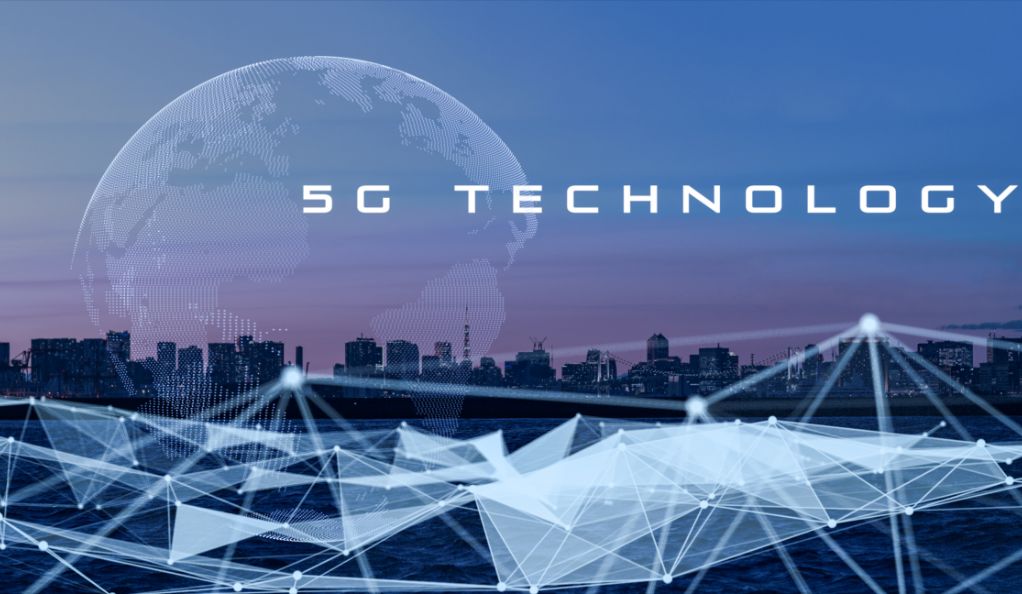
As 5G technology continues to expand its footprint and integrate into our daily lives, the future of 5G and cybersecurity remains a dynamic and evolving landscape. In this section, we will explore some of the key trends and considerations shaping the intersection of 5G and cybersecurity:
5G and Industry 4.0
The fourth industrial revolution, often referred to as Industry 4.0, is characterized by the integration of digital technologies into manufacturing and industrial processes. 5G plays a pivotal role in enabling the connectivity and real-time data exchange required for smart factories and autonomous systems. As Industry 4.0 advances, cybersecurity will be central to protecting critical infrastructure and ensuring the reliability of these systems.
Quantum Computing Threats
Quantum computing, with its immense processing power, has the potential to break conventional encryption algorithms. As quantum computing matures, it poses new challenges to the security of 5G networks. Researchers are actively exploring quantum-resistant encryption methods to mitigate this threat.
5G in Healthcare
5G’s low latency and high bandwidth are poised to revolutionize healthcare with telemedicine, remote surgeries, and real-time patient monitoring. However, securing sensitive healthcare data and ensuring the integrity of medical procedures will be paramount in this context.
Smart Cities and IoT
The deployment of 5G in smart city initiatives and IoT applications brings greater convenience and efficiency to urban living. Yet, it also expands the attack surface, requiring robust security measures to protect critical infrastructure and citizen data.
Regulatory Frameworks
Governments and regulatory bodies will continue to play a significant role in shaping 5G and cybersecurity policies. Striking the right balance between innovation and security will be an ongoing challenge.
Cybersecurity Workforce
The demand for cybersecurity professionals will continue to grow as the complexity of 5G networks and the sophistication of cyber threats increase. Education and training in cybersecurity will be essential to bridge the skills gap.
Emerging Threats
As technology evolves, so do cyber threats. Threat actors will adapt to new opportunities presented by 5G, requiring constant vigilance and innovation in cybersecurity defense strategies.
Public Awareness
Raising public awareness about the importance of cybersecurity in the 5G era is crucial. Individuals and businesses must take proactive steps to protect their devices and data.
The future of 5G and cybersecurity is intertwined, and addressing the challenges and opportunities presented by this convergence will be an ongoing journey. It requires collaboration, innovation, and a commitment to safeguarding the digital world as we move forward into this new era of connectivity.
Conclusion
The emergence of 5G technology brings remarkable possibilities, but it also demands a vigilant approach to cybersecurity. Throughout this article, we’ve explored the challenges and solutions in this dynamic landscape.
As 5G transforms industries and daily life, proactive cybersecurity measures are paramount. We must collaborate across sectors, prepare for quantum computing threats, and prioritize privacy in healthcare and smart cities.
In this new era, the fusion of 5G and cybersecurity is not just a technical challenge—it’s our commitment to a safer digital world. Together, we can navigate this journey, ensuring innovation and security coexist.

